Optimal Timing for Siding Service
Choosing the optimal time for siding service depends on various factors including weather conditions, temperature, and the specific type of siding material. Proper timing ensures effective installation, durability, and optimal results. Understanding seasonal patterns can help homeowners plan effectively to achieve the best outcomes.
Spring offers moderate temperatures and longer daylight hours, making it ideal for siding installation and repairs without the risk of extreme weather.
Summer provides warm weather, but high temperatures and humidity can affect siding materials and installation processes. Early summer can be suitable if precautions are taken.
Fall features cooler temperatures and less humidity, reducing the risk of siding warping or damage during installation. It is often considered one of the best seasons for siding work.
Winter presents cold temperatures and potential snow or ice, which can hinder siding installation and affect material performance. However, in milder climates, winter can still be feasible.
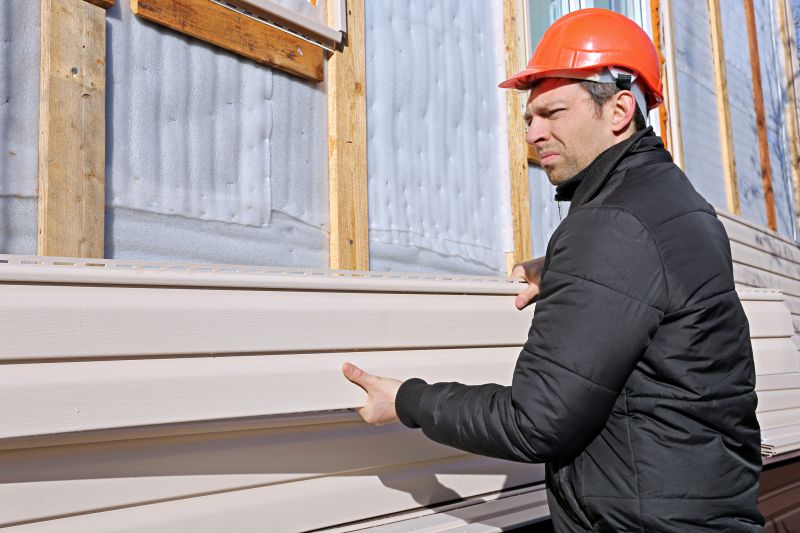
Ways to make Siding Service work in tight or awkward layouts.
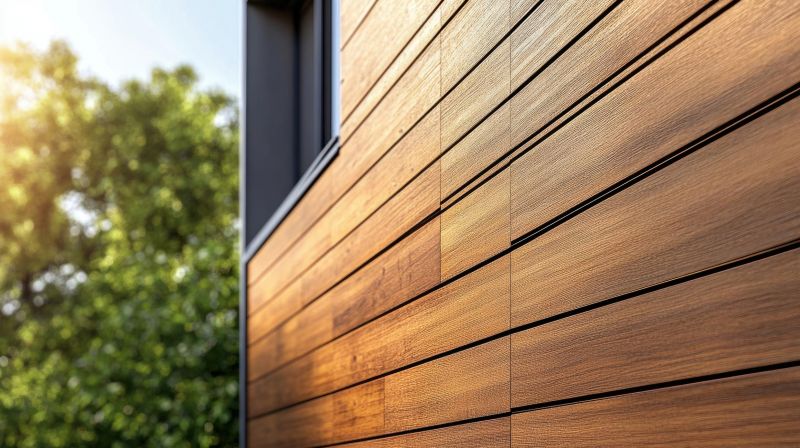
Popular materials for Siding Service and why they hold up over time.

Simple add-ons that improve Siding Service without blowing the budget.

High-end options that actually feel worth it for Siding Service.
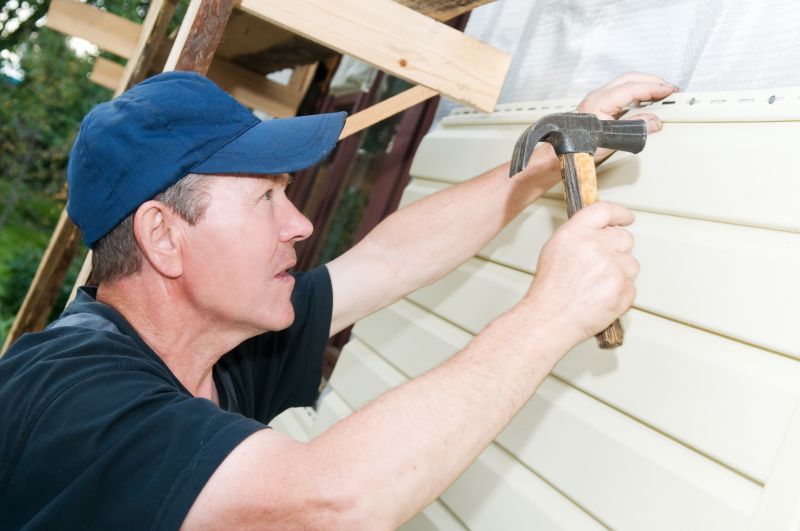
Finishes and colors that play nicely with Siding Service.
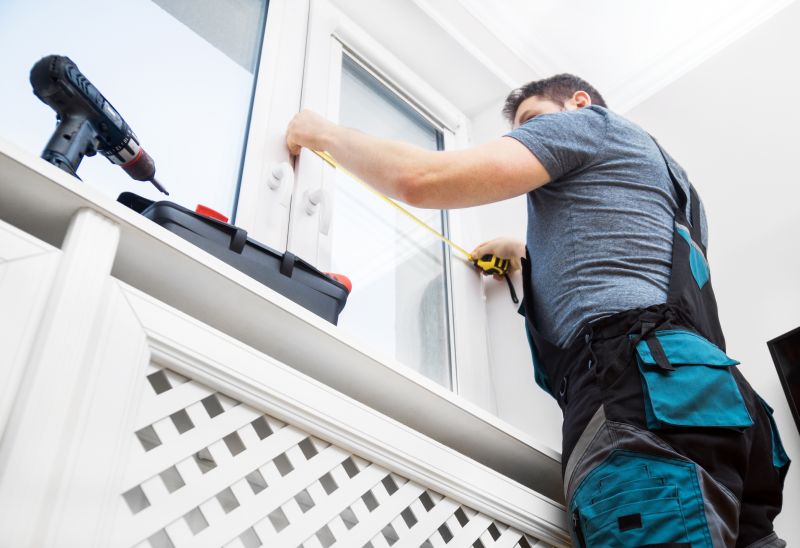
Little measurements that prevent headaches on Siding Service day.

A 60-second routine that keeps Siding Service looking new.
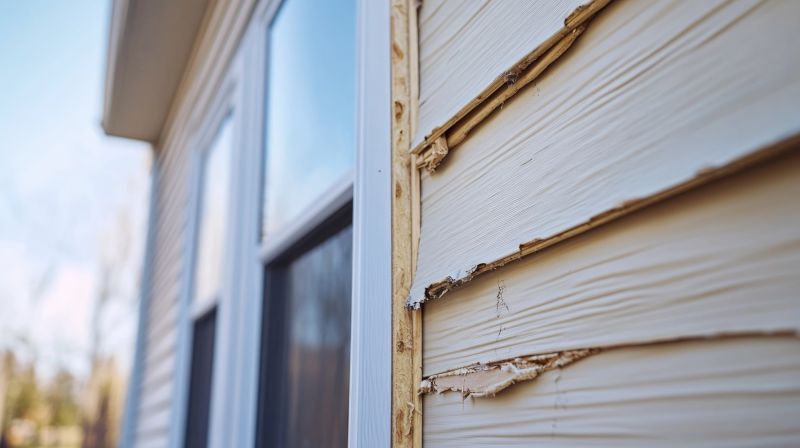
A frequent mistake in Siding Service and how to dodge it.
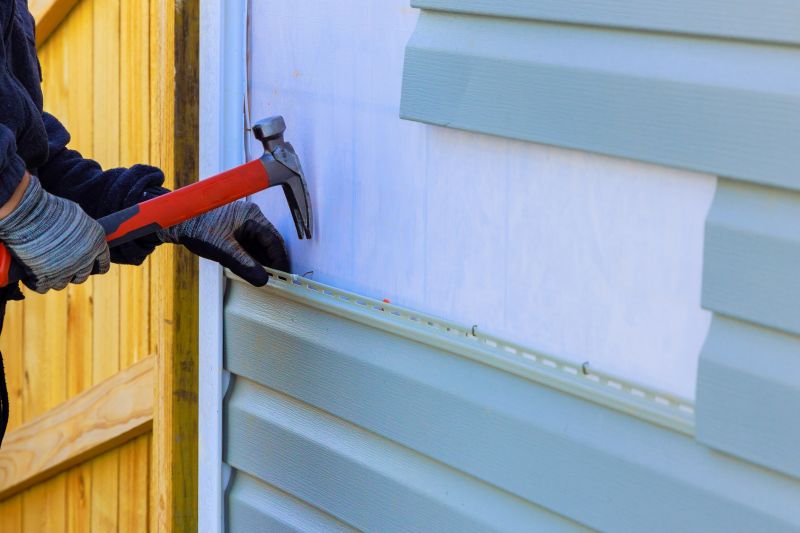
Small tweaks to make Siding Service safer and easier to use.
| Season | Best for Siding Service |
|---|---|
| Spring | Ideal due to moderate temperatures and longer days. |
| Summer | Possible in early summer with precautions against heat. |
| Fall | Highly recommended because of cooler, stable weather. |
| Winter | Challenging, but feasible in milder climates. |
Siding service involves the installation, repair, or replacement of exterior siding materials to enhance a building's appearance and protect it from weather elements. Proper timing can influence the longevity and performance of siding. Factors such as temperature fluctuations, humidity, and precipitation can impact the installation process and the durability of the siding material. For example, extreme cold can cause siding to become brittle, while excessive heat may lead to warping or improper adhesion.
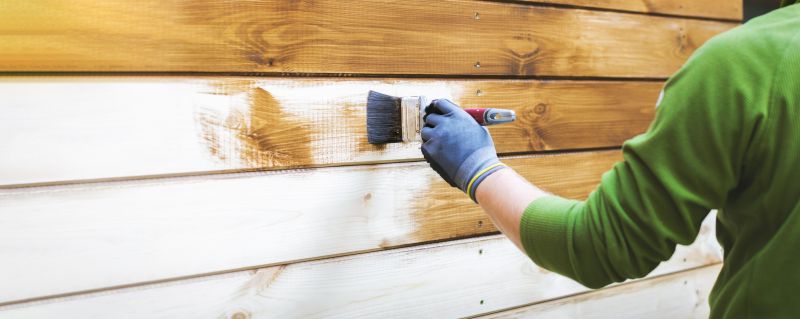
Lower-waste or water-saving choices for Siding Service.
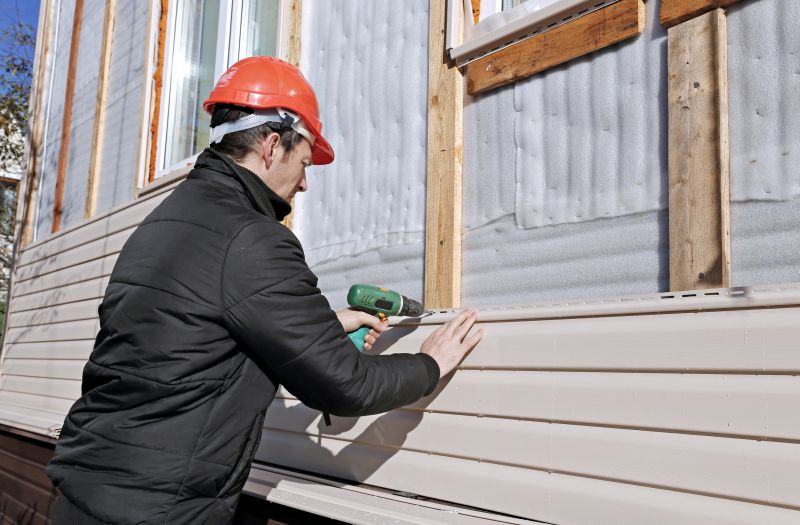
The short, realistic tool list for quality Siding Service.

Rough timing from prep to clean-up for Siding Service.

Quick checks and paperwork to keep after Siding Service.
For those interested in scheduling siding service, it is recommended to contact a professional to discuss the best timing based on local climate conditions. Proper planning can help ensure a successful project that enhances the exterior appearance and structural integrity of the building.


